You value social shares, right?
I don’t want to hear about how vanity metrics are worthless. Getting more followers should have a positive affect and inspiring them to share your content is one of the big reasons to get involved in social media.
It’s not easy to place a dollar value on social shares, but it’s easy to understand why they’re valuable. Social shares are a form of word of mouth marketing. A most valuable commodity at the ultimate price point: free.
If you’ve written about how to inspire social sharing, thank you. I might be sharing your ideas in this guide. I searched and surfed a good bit because I want to dive deep into the psychology and practice of social sharing.
I want you to go away with new ideas for inspiring readers to respond to your content by clicking and commenting, endorsing and engaging, sharing and suggesting their fans and followers check out what you have to offer.
Sharing content is not a new phenomenon. However, in the information age, we’re hyper-share-happy. We share more content from more sources. We share with more people, more often, more quickly.
The New York Times Customer Insight Group teamed with Latitude Research to produce a study on why people share content online. The result is a clear, concise slideshow style report: The Psychology of Sharing: Why Do People Share Online?
The researchers conducted in-person interviews, a weeklong sharing panel, and surveyed 2,500 active online sharers. Though the findings reveal a variety of insights, the focus of the research aimed to uncover motivations for sharing.
Five main motivations surfaced:
- Bring valuable and entertaining content to others
94% of the respondents carefully consider how the information they share will be useful to others. - Define themselves to others
68% share to give people a better sense of who they are and what they care about. - Grow and nourish relationships
78% share information online because it lets them stay connected to people they may not otherwise stay in touch with. - Self-fulfillment
69% share information because it allows them to feel more involved in the world. - Get the word out about causes or brands
84% share because it is a good way to support causes or issues they care about.
Why things catch on
Jonah Berger, a marketing professor at Wharton, was so curious about word of mouth he conducted a decade of research on the topic resulting in his book, Contagious: Why Things Catch On.
Why do people talk about and share certain things rather than others? Why do some ideas catch fire while some go cold? What makes content go viral?
Berger identified six principles that cause people to talk about and share an idea or product. He created the acronym STEPPS to spell them out.
- Social currency—We talk about things to make ourselves look good.
- Triggers—We talk about things that are top of mind.
- Emotion—When we care, we share. The more we’re physiologically aroused, the more likely we’ll pass something on.
- Public—When we see other people doing something, we’re more likely to imitate it.
- Practical value—We share information to help others. “News you can use” may make them better off.
- Stories—We share things that are often wrapped up in stories.
There’s a whole lot of sharing going on. Here’s a look at just 60-seconds of today’s crazy share-orama (from Aci.info).
The fierce battle for attention has prompted explosive growth in content marketing. All the while, the standard’s been raised.
Note how in this piece I’m not knocking out a quick review of a piece of research on social sharing. I dug up and summarized two very deep resources. Now I’m going to tell you about—and show you—the types of content people share. Finally, I’ll offer an extensive tip sheet.
I want to give you one of the most comprehensive resources on social sharing you’ve ever seen. Of course, I want you to save it, share it and respond.
There’ll be no charge. My favorite marketers deliver the most rich and robust content. I expect it of them. You expect it of me. We all expect more—for free.
Smartphone sales increased 800% the past seven years. There are more than 2- billion smartphones in use. That is a not only an amazing number of content consumers, it’s a mind-boggling number of pocket-sized content creation machines. Snap. Content.
Aussie new media marketing superman Jeff Bullas recently wrote a hot piece including various types of content people love to share, which I’ll feature here. (But I’ll grab mostly different examples from my experiences in social media and content marketing.)
“How to” content
Tutorials, short or long, deliver the value that inspires readers to share.
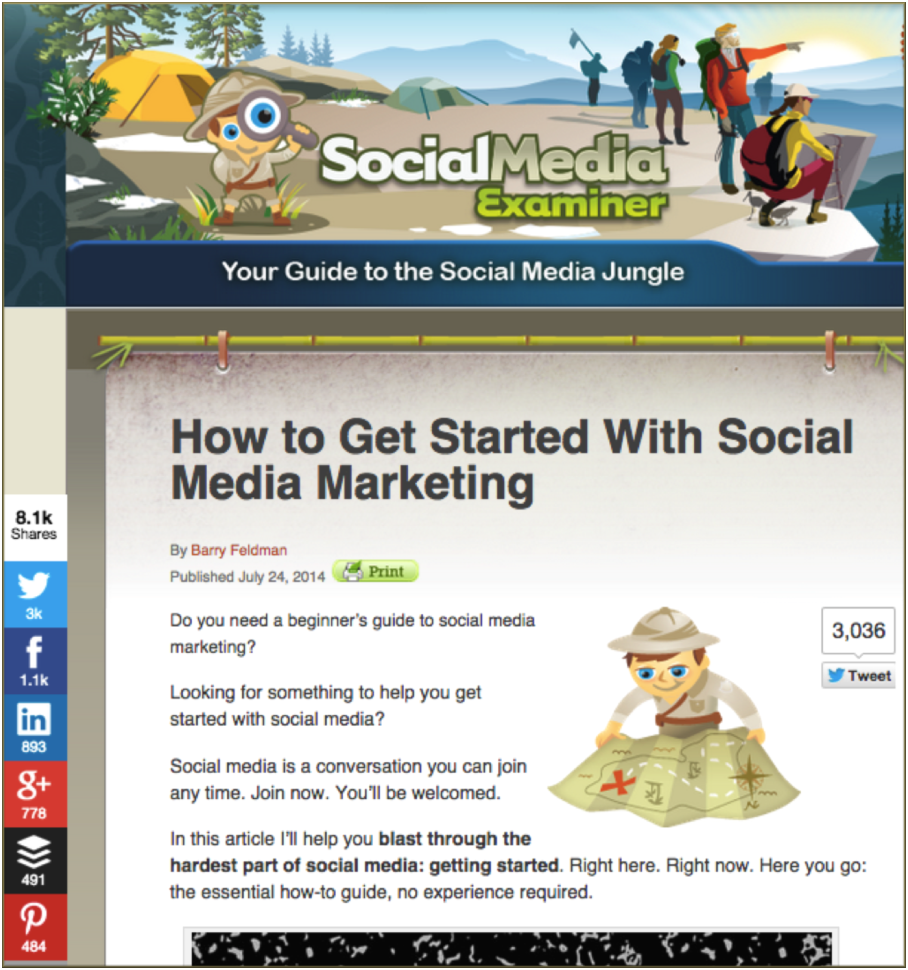 I offered a deep how-to in this guest post, which has been shared more than 8K times to date.
I offered a deep how-to in this guest post, which has been shared more than 8K times to date.
Useful lists
Lists get a lot of love. Short or long. Serious or fun. Positive or negative.
21 Ways to Attract Customers with Magnetic Content from Barry Feldman
This list-style SlideShare has earned 45K+ views and who knows how many shares (the share counter was reset for some reason).
Stats and facts
Bullas claims to bank on the “stats and facts” approach and some insane numbers in his post’s share buttons bar make quite a strong case.
Infographics
A great infographic smartly distributed can be a tour de force in social sharing.
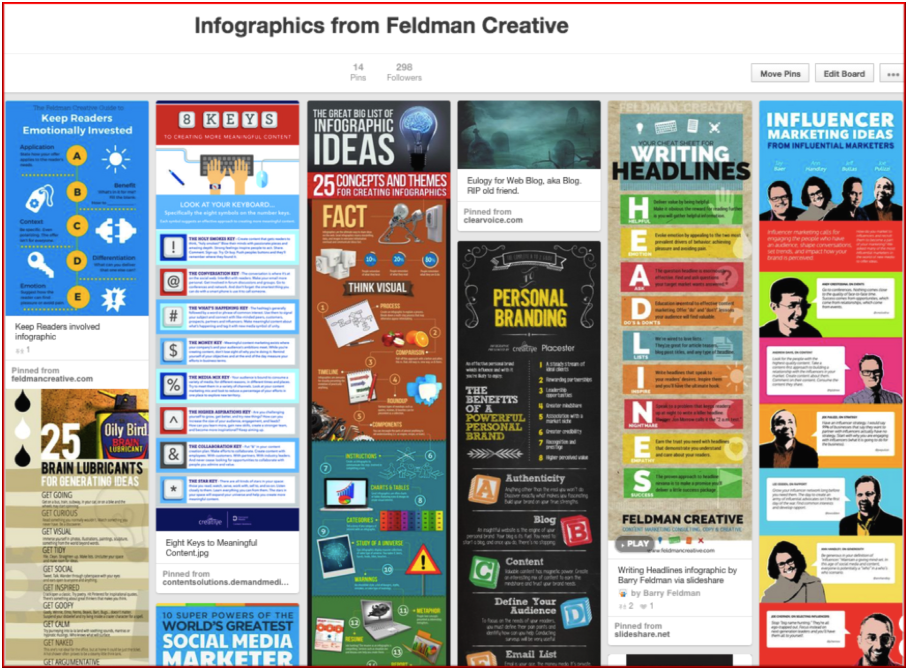 For my company, infographics have not only been my most viewed and shared content, but they get republished endlessly so the reach keeps expanding.
For my company, infographics have not only been my most viewed and shared content, but they get republished endlessly so the reach keeps expanding.
Real people, real images
Authentic, transparent, one-to-one… and on and on. We’re human, not perfect. So on social media the real deal has endless appeal.
 Haven’t caught the Rachel Hollis viral photo story? Zoom in and read about the bikini attitude of the founder of The Chic. Check out those likes and shares too.
Haven’t caught the Rachel Hollis viral photo story? Zoom in and read about the bikini attitude of the founder of The Chic. Check out those likes and shares too.
Tweets with images
Now that Twitter’s as image-friendly as the rest, you can multiply your update’s stopping power and share appeal with any type of image, which will be sliced horizontally in its in-stream preview.
Get serious about influencer marketing. It’s hot. http://t.co/JjRUHKdggu via @feldmancreative pic.twitter.com/0N6PiE1k0O
— Barry Feldman (@FeldmanCreative) May 3, 2015
I use Canva to create blog hero shots featuring the title or some variation of it and use them to give my tweets a boost.
Long form content
Long, deeply researched blog posts or microsites may not become viral hits in the mainstream, but tend to outperform shorter works in search and earn a level of shares in business verticals.
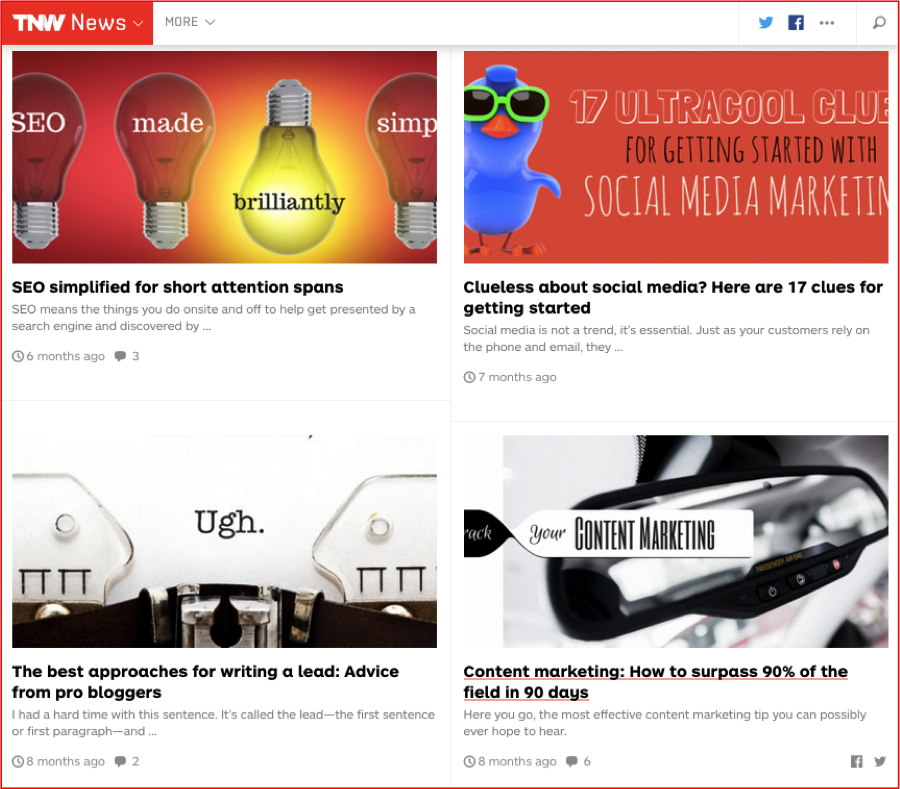 I’ve seen some very high share numbers for long form blog posts I’ve syndicated on The Next Web .
I’ve seen some very high share numbers for long form blog posts I’ve syndicated on The Next Web .
Image-heavy posts
“Show and tell” is what I call this storytelling approach, which resonates with audiences. Buzzfeed often stacks images in articles. In the B2B realm, Social Media Examiner’s how to lessons tend to feature many screen shots and examples. Obviously, this post does the same.
You can promote sharing even more by installing hover-over share buttons, which make it easy to share any image in the post.
Quotes as an image
I must admit, I could do with less of these, but they work. So if you’re prone to passing along little life lessons try giving a quote some graphic charm.
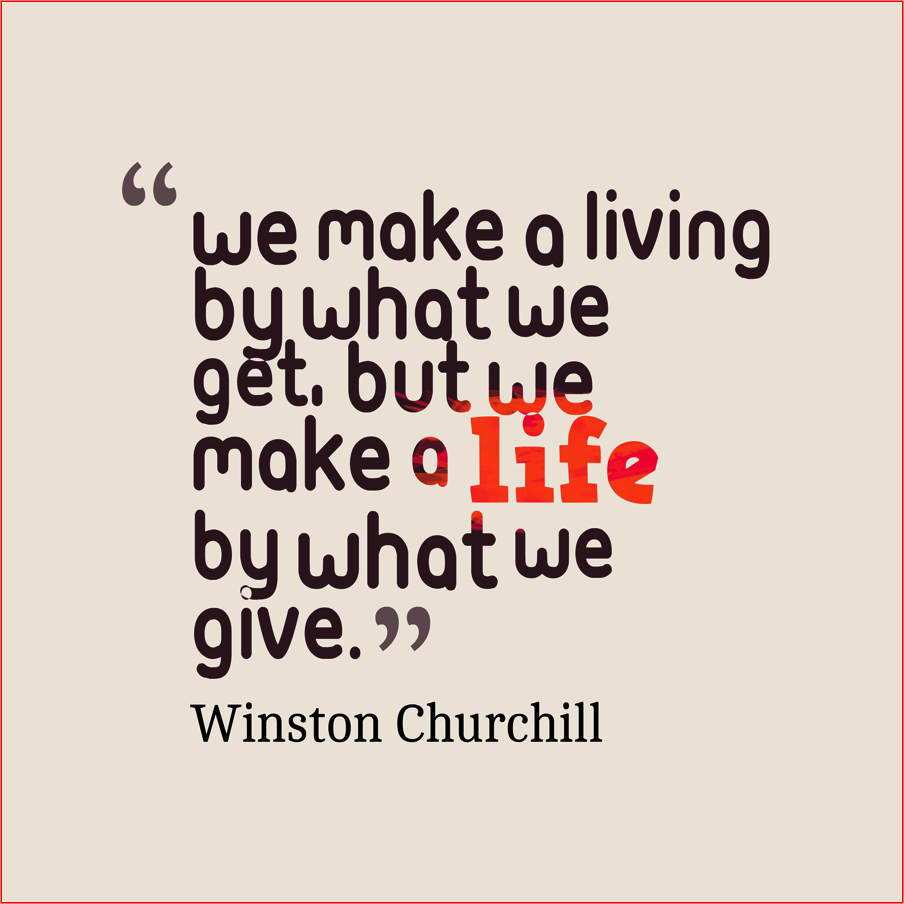 Knock these things out fast at Recite.com, BeHappy.me, QuotesCover.com, PixTeller or Canva. It’s kind of fun.
Knock these things out fast at Recite.com, BeHappy.me, QuotesCover.com, PixTeller or Canva. It’s kind of fun.
And now for a long list of tips to promote sharing
Make sure your stuff is awesome. Ask yourself if your audience would thank you for it. Would it be worthy of emailing to a friend?
Choose hot topics. Learn what your audience loves. Look at search volume. Ask sales people for customer insights. Note what topics and types of updates are shared.
Highlight the a-ha’s. Staggering statistics. Unforgettable quotes. Emphasize the juiciest parts.
Rewrite the headline. Don’t share the headline word-for-word every time. Try variations. Write your own.
Tap emotions. Try to move people.
Speaking of headlines and emotions…
Make sure you didn’t miss:
How to Move Readers to Share Stories on my blog. This popular post tells you how to write emotional headlines and shows you a tool you can use to assess their emotional value.
Make it look great. Use awesome images and infographics.
Be funny. Making someone laugh or smile will inspire shares.
Be challenging. Take a counterpoint to posts you don’t agree with.
Highlight achievements. Deliver good news about your brand or industry.
Fear not the ugly. It can’t all be good news. Don’t be afraid to recognize the road bumps.
Create challenges. Ask questions. Conduct contests.
Share lists. Lists are everywhere. Share the great ones.
Make offers. Tell your readers you’ve got something valuable for them and deliver.
Tap trends. Track current events and what’s trending and tap into the buzz.
Review, rave and rant. Express your opinions about anything relevant.
Subscribe to alerts. Stay in the know about what’s going on in your industry by setting up alerts and or news feeds.
Credit the creators. Recognize the authors and sources. Make them look good.
Drop names. Cite the work and ideas of influencers. Co-create with them or simply promote their work.
Make it easy. Put share buttons and tweetable passages right where viewers expect to find them.
Ask for shares. No brainer: say, “Please share this.” HubSpot’s Dan Zarella determined asking for retweets increases them by 4X.
Time it right. Engagement rates on Facebook tend to rise as the week goes on. Afternoons do well. On Twitter, off-peak times do better. Pinterest peaks on Saturdays. For LinkedIn, post before and after working hours. (Experiment too.)
Get it started. Never allow for zero shares. Share your work yourself and have teammates and friends help too.
Engage with communities. Find online communities where content’s being shared and join the conversation.
Reciprocate. Share other people’s stuff every chance you get. Build a goodwill network.
Hat tips for much of the above ideas to:
14 Powerful Social-Media Sharing Strategies You Aren’t Using (Courtney Seiter, Buffer)
9 Ways to Improve Social Media Shares of your Content (Tom Treanor, Meltwater)
6 Proven Methods To Get More Social Media Shares (Julia Claire Campbell, JCSM)
25 Ways to Create Shareable Content (Gini Dietrich, Spin Sucks)
Social Sharing Secrets: 15 Ways to Get More Shares ASAP! (Megan Marrs)
6 Ideas to Increase social Shares for Your Content (Thrive Marketing)
Finally, here’s a few useful tools
Check your shares. These two free tools will show you shares you’ve earned for content at specific URLs: ShareTally and SharedCount.
Analyze by keywords. Want to know what’s being shared? Topsy will show you a ton of insights when you search by keyword.
Analyze by website or topic. Check out BuzzSumo. Powerful search and analytics will reveal what content gets the most shares, so it should inspire ideas.
Receive summaries. SumAll tracks social media stats, keeps them organized in a dashboard and emails you daily updates, free.
Monitor mentions. Mention monitor millions of sources and keeps you in the know about anything published on the web and social networks regarding your brands. Also free.
I’ve covered a lot, but perhaps just scratched the surface of what is an amazingly deep and interesting topic. I’d like to ask you to share this post.
I’d also like you to share your ideas and thoughts…
Have you discovered other reasons why people share content?
What kind of content do you most like to share?
What content have you had the most success with for earning word of mouth?
Got any cool tips for promoting sharing?
And tools… what are you using?

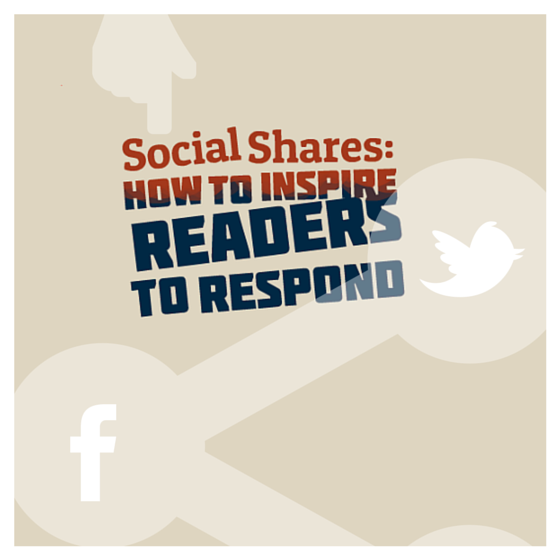

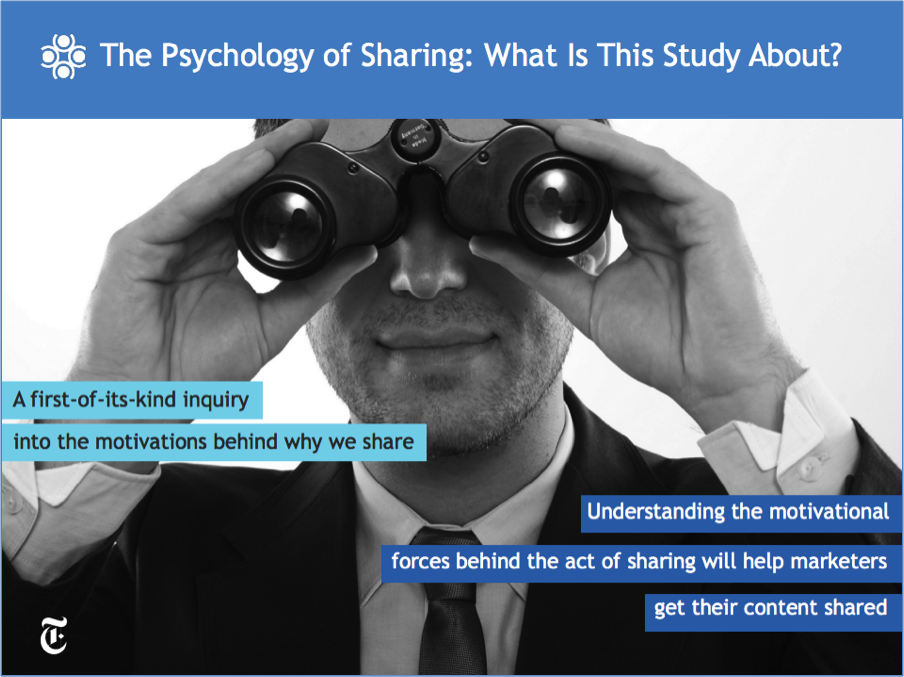
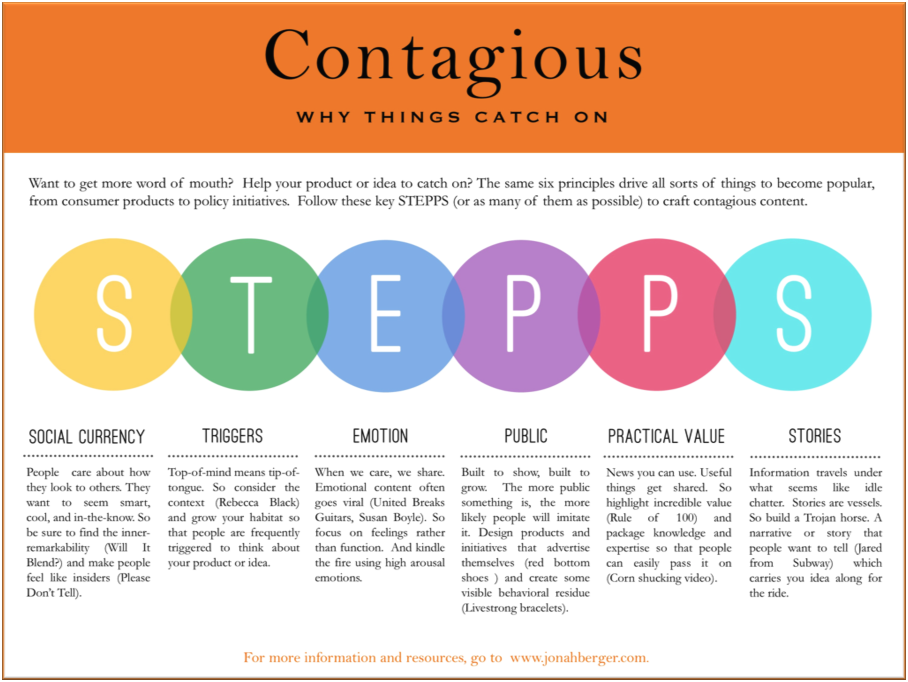
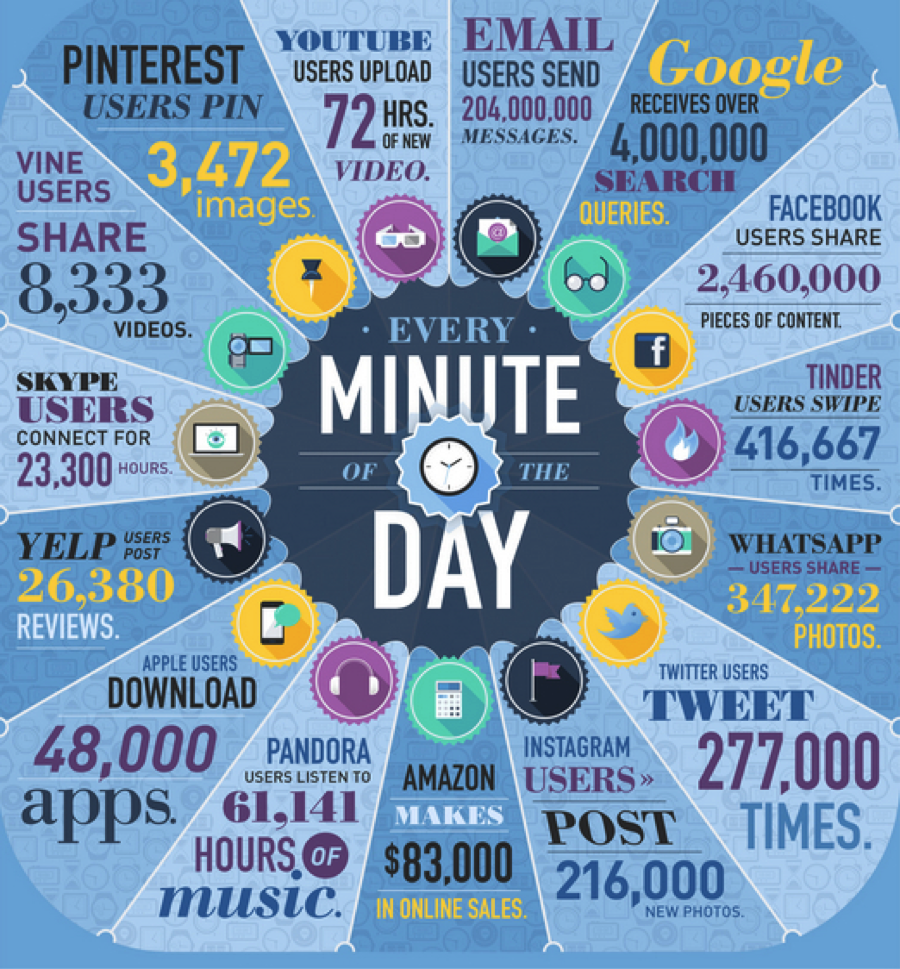


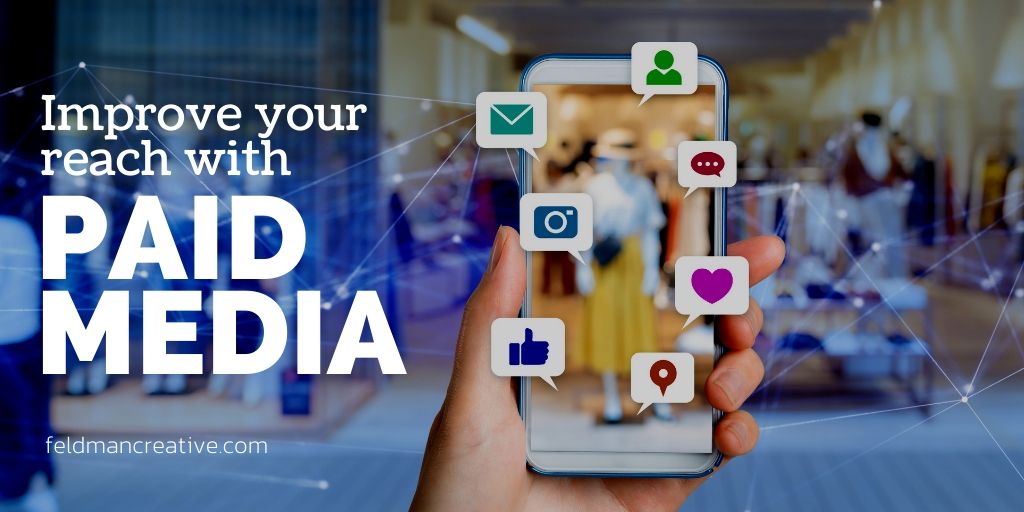


Comments
Daniela Uslan
Thanks for this great and extensive list of ways to make content sharable. I love the graphic on the top, all the examples of types of shareable content, and then the list at the end. I am bookmarking this to revisit again!
As for what I’ve found about sharable content, Pinterest is huge for me because people are constantly looking for stuff to repin… If you know how to make beautiful images, it’s a great way to get a lot of shares fast. Also, surveying my audience to know what really resonates with them has made a big difference to knowing what will get shared more.
Barry Feldman
The joy of being bookmarked. Thanks Daniela.
Gene Sobolev
Great tips list. Going to print to put on a wall.
Barry Feldman
Nice. Post a pic of that wall.
Marco Gennari
Sorry Berry, what’s “a-ha’s”?